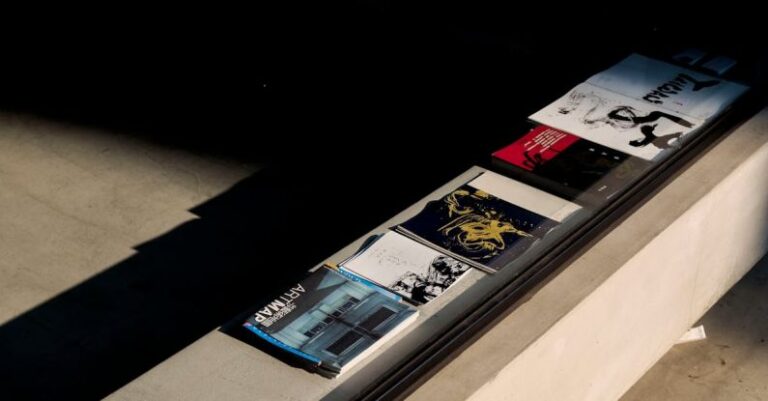What Is the Impact of Color Psychology in Catalog Design?
Color Psychology in Catalog Design
When it comes to designing a catalog, the use of color goes beyond mere aesthetics. Color psychology plays a crucial role in influencing consumer behavior, emotions, and perceptions. The colors chosen for a catalog can evoke specific feelings, convey brand messages, and ultimately impact the success of marketing efforts. Understanding the impact of color psychology in catalog design is essential for businesses looking to create engaging and effective marketing materials.
The Power of Color in Marketing
Colors have the power to evoke emotions, trigger memories, and influence decision-making. In the world of marketing, the strategic use of color can make a significant difference in how a brand is perceived and how products are received by consumers. When it comes to catalog design, colors can be used to create a cohesive brand identity, highlight key products, and guide the reader’s attention.
Creating a Connection with Consumers
The colors used in a catalog can help create a connection with consumers on a subconscious level. Different colors are associated with specific emotions and can evoke different responses from individuals. For example, warm colors like red and orange are often used to create a sense of urgency or excitement, while cool colors like blue and green can convey feelings of calmness and trust. By strategically incorporating these colors into a catalog design, businesses can influence how consumers feel about their brand and products.
Brand Identity and Recognition
Consistency in color usage is key to building a strong brand identity and recognition. When consumers see certain colors associated with a brand repeatedly, they begin to form associations with those colors and the brand itself. This is why many well-known brands have signature colors that are instantly recognizable. In catalog design, using brand colors consistently can help reinforce brand identity and make it easier for consumers to remember and recognize a brand.
Highlighting Key Products and Information
The strategic use of color can also be used to draw attention to key products and information in a catalog. Bright, bold colors can be used to make important details stand out, such as sale prices, new arrivals, or limited-time offers. By using contrasting colors or color-blocking techniques, businesses can guide the reader’s eye to specific areas of the catalog and increase the likelihood of engagement and purchases.
Creating a Sense of Cohesion and Flow
In addition to evoking emotions and highlighting key elements, color can also be used to create a sense of cohesion and flow in a catalog design. By using a consistent color scheme throughout the catalog, businesses can create a visually appealing and unified look that enhances the overall reading experience. Colors can be used to segment different sections of the catalog, create visual hierarchy, and lead the reader through the content in a logical and engaging manner.
Maximizing Impact with Color Combinations
While individual colors have specific meanings and associations, the way colors are combined can also have a significant impact on the overall effectiveness of a catalog design. Complementary colors, which are opposite each other on the color wheel, can create a dynamic and visually striking contrast. Analogous colors, which are next to each other on the color wheel, can create a harmonious and cohesive look. By understanding color relationships and experimenting with different color combinations, businesses can create catalogs that are visually appealing and impactful.
Conclusion: Harnessing the Power of Color Psychology
In conclusion, the impact of color psychology in catalog design is undeniable. Colors have the ability to influence emotions, convey brand messages, and guide consumer behavior. By understanding the psychological effects of different colors and strategically incorporating them into catalog designs, businesses can create marketing materials that are not only visually appealing but also effective in capturing the attention of consumers and driving sales. Catalog designers should harness the power of color psychology to create engaging and impactful marketing materials that resonate with their target audience.





